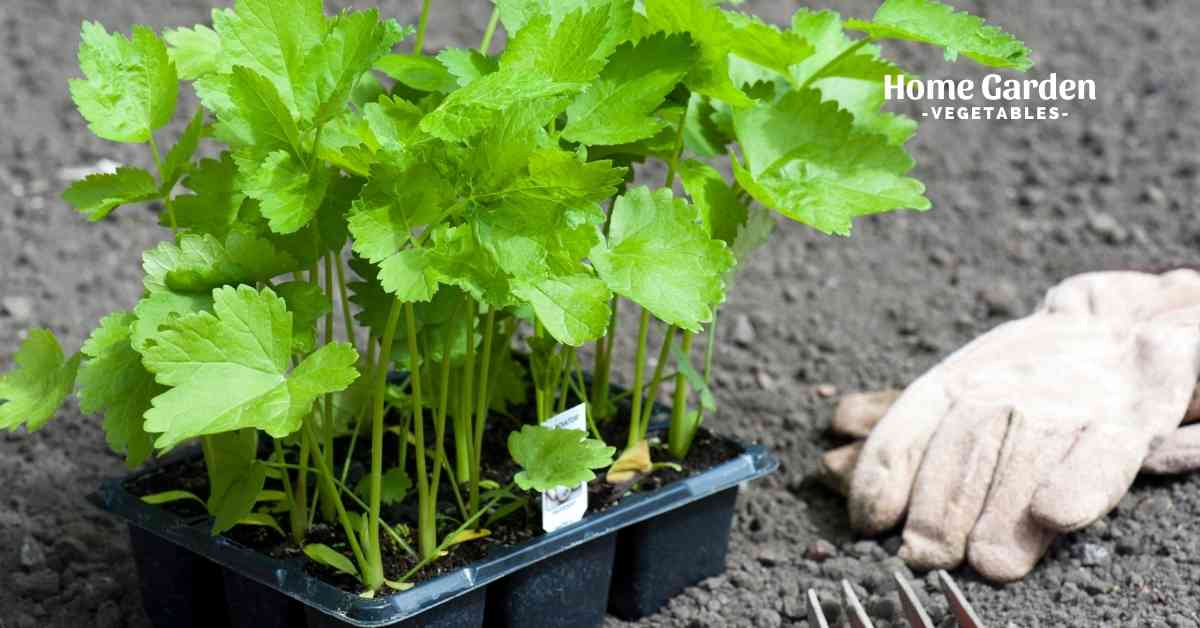Not attractive enough to win the second glance of customers in grocery stores, parsnips are often underrated. It’s no wonder that their brighter cousins, carrots, take all the spotlight. If you’ve ever noticed pale root vegetables, similar in shape to carrots on the vegetable aisles, those are the ones we’re talking about. They’re called parsnips.
Though they might not appear too appealing, parsnips are super healthy and tasty too! The long taproot is very low in fat, and packed with nutrients, including Potassium, dietary fibers, Vitamin C, Folate and Manganese.
Reader Poll: What online courses would interest you?
Parsnips have a lot more to them than meets the eye. Let’s dig deep into these healthy winter veggies, see how they look and what they offer.

What Are Parsnips?
Parsnip, Pastinaca sativa, is a root vegetable native to Eurasia, where it has been consumed since ancient times. There’s evidence that the Romans also cultivated these taproots. Parsnips belong to the Apiaceae family, with parsley and carrots as their close relatives.
Though, by nature, it’s a biennial plant, it’s cultivated as an annual. During the first growing season, the plant develops foliage and a long taproot. It’s harvested by the end of the growing season, typically after the first winter frost, because it sweetens the taste of the root.
Subscribe to our newsletter!
If the plant is left unharvested, it continues for another growing season giving flowers and seeds. However, the root turns hard and inedible during the second growing season.
What Do Parsnips Look Like?
Parsnips are the long, fleshy, edible taproots of the parsnip plant. The root is the major part of the plant, and the reason for its cultivation, pretty much like carrots and other root vegetables. The root is cylindrical, cream-colored and resembles the shape of a carrot. They’re generally smooth, but you may also find lateral roots protruding from the primary one. The foliage of parsnips resembles celery, with a rosette of toothed, pinnate, green leaves.
The resemblance between a carrot and a parsnip is so profound that there’s much confusion in the historical literature of the two vegetables, especially during the time of the Romans and Greeks. Sometimes, it’s even mistaken for a white carrot.
What Do Parsnips Taste Like?
Parsnips are rich in taste, with a complex earthy nuttiness that’s hard to explain. In a single bit of fresh parsnip, you’ll experience an overload of flavors, including sweetness, starchiness similar to that of potatoes, and hint of bitterness.
They have a touch of sweetness in the flavor, similar to carrots. In fact, ancient Europeans used parsnips to sweeten their dishes before the availability of sugarcane. The sweetness of parsnips is enhanced if they’re left in the ground for some light winter frost before harvesting them. While parsnip’s sweetness has a hint of spiciness, similar to nutmeg, carrot’s sweetness resembles that of butternut squash.
The peel is bitter and often removed before consuming. Peeled, young parsnips taste the crunchiest and sweetest, while the bigger, mature ones will have a woody core. Cut out and discard the core to enjoy the best flavors.
Are Parsnips Healthy?
Parsnips aren’t just tasty, they’re super healthy too! Loaded with Vitamin C, Vitamin K, antioxidants and folate, they offer a rich source of nutrients and protection from certain chronic illnesses. They’re packed with dietary fibers, very low in calories and promote digestion. With all these benefits, they offer a complete package if you’re on a weight loss mission.
How To Use Parsnips
Parsnips can be used in a number of different ways in the kitchen. You can bake them, roast them, steam them, puree them, fry them or grill them alongside your steaks and sausages! Their complex, starchy flavor makes them an excellent ingredient to soups, stews and casseroles. If you want to try a new flavor instead of the regular mashed potatoes, try boiling and using mashed parsnips as an alternative! You’ll surely like the richer, sweeter taste it brings to your side dish.
To cook parsnips, look for young, long, straight roots. The bigger ones are more mature, less tasty and will have a woody core. They’re still edible if you remove the core. To make sure you don’t lose the tastiest flavors, remove the peel by scrubbing it.
Can You Grow Your Own Parsnips?
Parsnips are grown as an annual root crop and work well in home gardens. Since the seeds are difficult to germinate, the crop is tricky to get started. Once you have the seedlings, the hard part is over. Just maintain it through the rest of the season until the roots are ready to be lifted from the soil!
Since the seeds are only viable for a year or two after extracting them, be sure to buy new seeds from a reputable dealer. Make sure the soil is soft and free of rocks and debris. Hard, rocky soil can cause misshapen roots. The plant will take about 100 days to grow to maturity before the roots are ready to be harvested. Keep the soil moist through this time, but not wet. Regular, but infrequent, deep watering encourages long strong roots. Frequent, shallow watering will cause short, weaker roots to form.
Conclusion
So now you know what parsnips look like and how to tell them apart from carrots. These tasty, ancient vegetables can come in a host of different uses in the kitchen, all equally tasty and nutritious. Try out some of the recipes before you fall in love with these vegetables and start growing your own!

